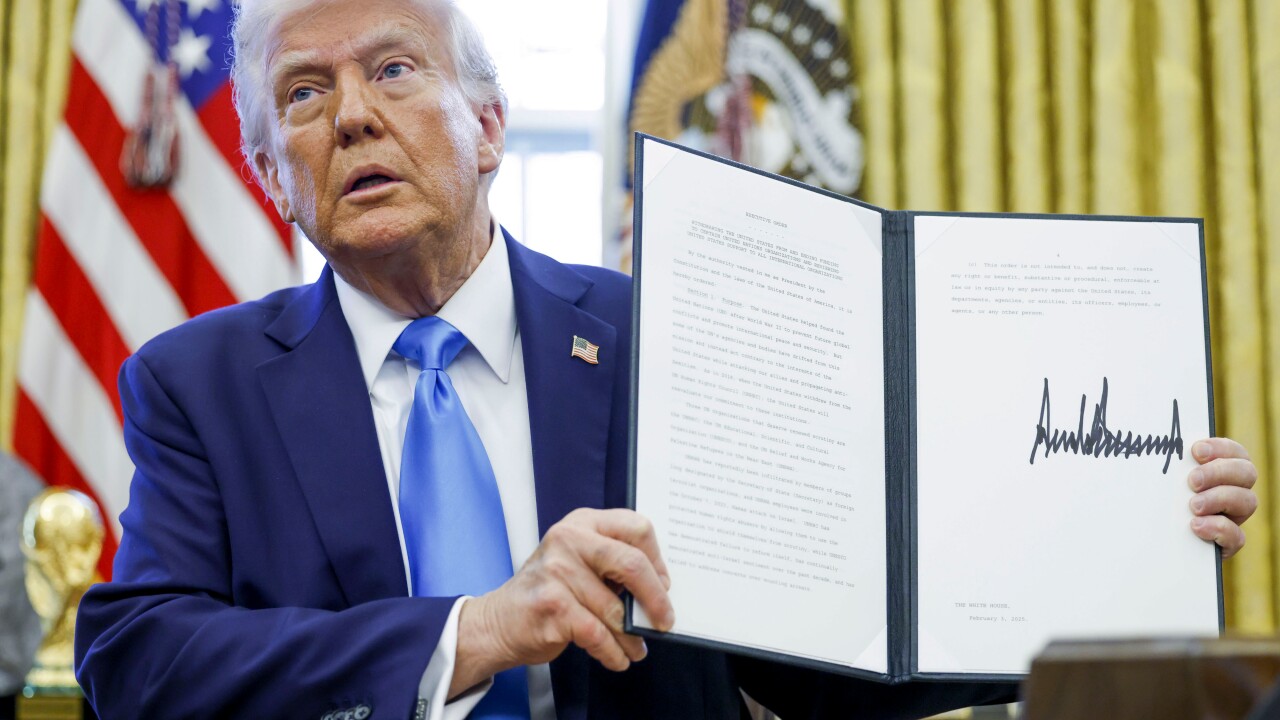Merchant apps are constantly changing to meet omnichannel needs and to keep up with the proliferation of connected devices, requiring payment technology gateways to find new ways to address the evolution without creating friction.
When PayPal's Braintree recently informed app developers and their merchant clients that a new version of its Drop-in mobile payment UI was available, it signaled changes to payments and consumer authentication on merchant apps are likely to occur in the future with the regularity of smartphone upgrades, with the goal of making payments easier for merchants to accept and consumers to initiate and complete.
It's the basic premise behind major payments companies moving toward open networks, whether it is

Those in the payments industry know this is just the tip of the iceberg, and there is plenty of room to grow in
In upgrading the user interface code for developers to drop into their merchant clients' apps, Braintree was looking to cover the essential bases — ease of use, scale, easily adaptable and customized with the proper colors and fonts. The UI also embraces all payment types, including PayPal of course, while assuring that new payment options can be added easily.
"When we are doing it right, customers shouldn't be able to tell that it is Braintree powering an app's payment flow," said Braintree software engineer David Merino. In that regard, it is always important for the user interface to be "native friendly" in looking and acting like it belongs on a platform, Merino added.
"Belonging" might be as simple as using an X in the upper right hand corner to close a window on a Windows operating system, and a red dot in the upper left corner to close a window on a Mac.
Any tweaks in a Drop-in UI come about from merchant or customer feedback, Merino said. "We have a great team of designers that keep up with best practices across iOS, Android and Web platforms," he added. "We track popular trends to ensure Drop-in is modern and easy to use, and we'll make tweaks if we're not achieving those goals."
It's an important change in payments technology because these types of coding changes and attention to user interface will only heighten as payments advance into wearables and Internet of Things, said Richard Oglesby, president of AZ Payments Group and a senior analyst at Double Diamond Payments Research,
"It will become more intense, especially as screen sizes get smaller and smaller," Oglesby said. "We are going to have a wave here very soon regarding how to make a purchase on the Apple Watch and having the ability on that tiny little screen to pick a different payment instrument if you want to do that."
The Apple Watch can currently make an Apple Pay purchase by tapping it against an in-store POS terminal with Near Field Communication, but developers will want to address how a consumer can make a digital or other purchases through the watch at any time, Oglesby added.
"I may be listening to a song on my phone and using the Apple Watch as a remote control for that, and may decide I want to buy that song," he said. "So, how quickly and easily can I do that through my watch? All of this is coming very soon."
Payments companies are adept at setting up mobile payments apps and user interfaces, but consumers are initiating many of those purchases on larger screens like tablets, Oglesby said. "But we are going to be migrating down in screen size and it will drive payments companies into smaller, sleeker and more efficient user interfaces that work in different environments."
In noticing that fast track, Braintree chose to separate its Drop-in UI code from its Braintree Core logic in the mobile software development kit. This paves the way for quicker updates.
"We anticipate that Drop-in and our UI solutions will require major overhauls that outpace the underlying core," Braintree's Merino said. "By separating the UI code, we can now make major updates without impacting existing integrations."
There is competitive risk in upgrading UIs easily and opening networks to app developers, as most payment technology providers are heading down that path. Braintree differentiates itself through a no-touch or one-click checkout, even for those visiting a merchant site for the first time, but a feature like that could quickly become the norm.
"I do think it is becoming a commodity, and opportunities for differentiation are diminishing rather quickly," said Thad Peterson, senior analyst with Boston-based Aite Group. "The bigger question, in my mind, is how all of this going to be integrated in a unified commerce type of deal and where that is going to go."





